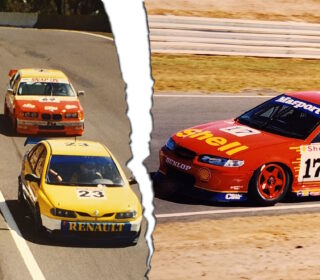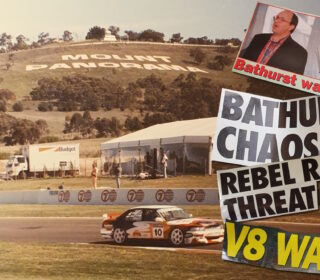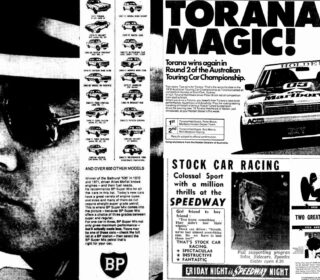Motorsport: Australia’s $2.9 Billion Industry
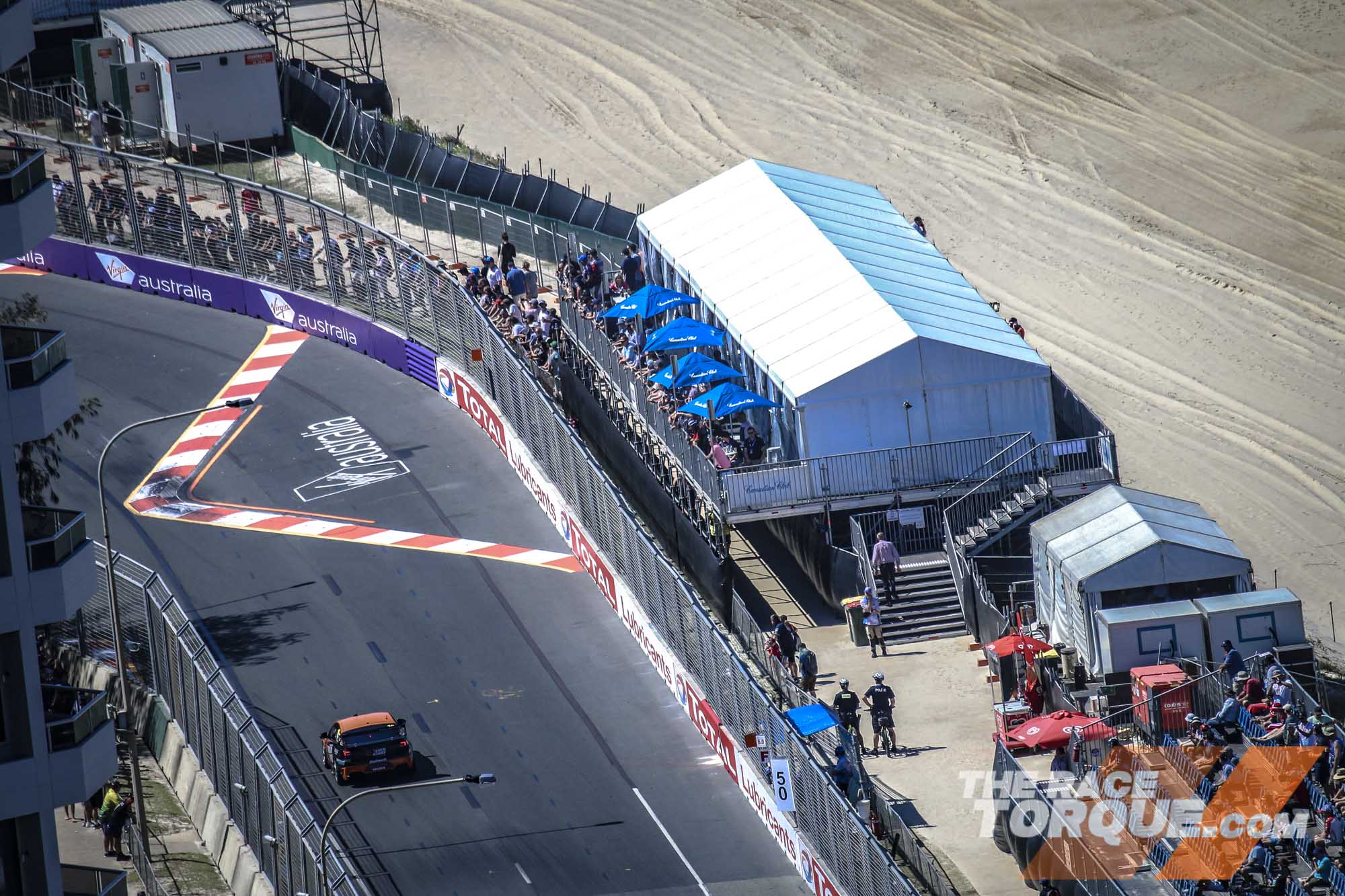
A 2020 Queensland Parliamentary Committee Inquiry into Motor Recreational Activities has collated the true economic scope of the motorsport industry, from Supercars to grassroots.
Covering everything from car and motorcycle racing to flying, engine-powered models, go karting, speedway and car clubs, the inquiry covered a broad range of topics, including legislative, regulatory and policy framework, the safety of participants, community engagement, impact on road safety outcomes and other challenges facing the industry.
One of the constant themes throughout the various topics was the enormous impact motorsport has on the Queensland, and subsequently, the national economy.
THE (MANY) DOLLARS AND CENTS
Separate reports commissioned by CAMS/Motorsport Australia paint an interesting picture of the local motorsport landscape, with a report from Ernst and Young (2014) followed by Deloitte Access Economics (2020).
The latter reported that the motorsport industry contributed $2.9 billion in value to the economy (up $200 million on the former), all while supporting the equivalent of 30,226 full-time jobs.
This sum covers direct value such as participant expenditure, clubs, events, venues, governing bodies and auto-related industries, the indirect industry effects, such as the demand for metal and raw materials used in the industry, as well as the estimated tourism contribution generated by events.
Participant spending topped the charts, coming in at $1,658 million (16,488 full-time equivalent jobs), major and professional events contributed $861 million (10,075 FTE jobs), while tracks and venues generated $180 million (1,870 FTE jobs).
On a state-by-state basis, 30% can be attributed to Victoria, 29% to NSW/ACT, 15% to Queensland, 11% to South Australia, 10% to Western Australia, 3% to Tasmania and 2% to the Northern Territory, while 69% is from metro areas and 31% via regional Australia.
Interestingly, the report calculated that volunteers contributed between three and five million hours to the sport annually, equating to a value between $130-195 million.
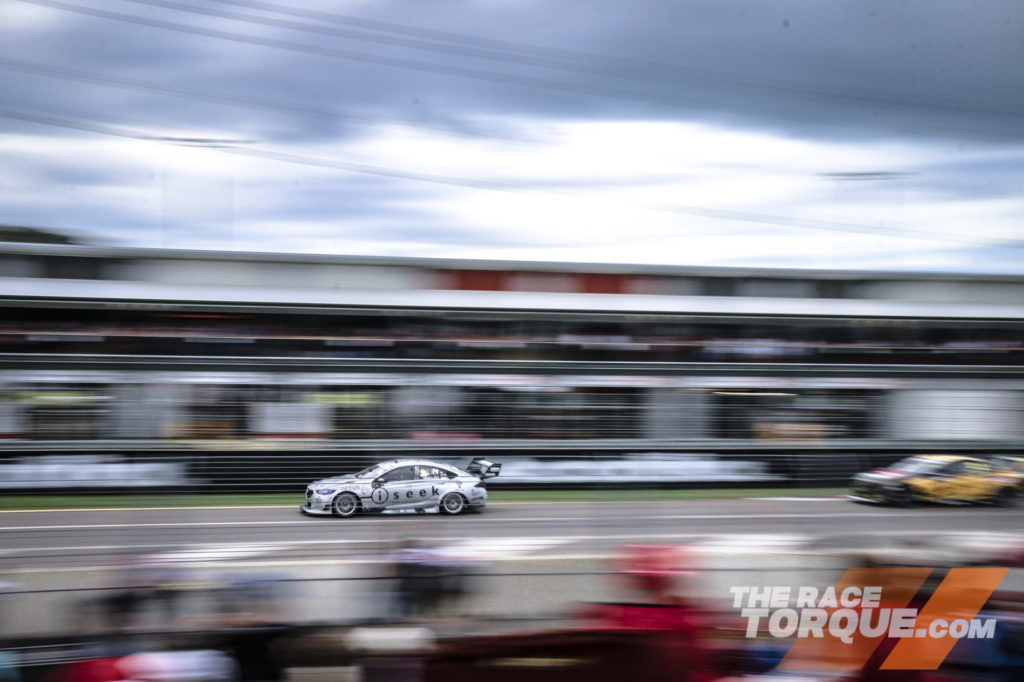
Townsville is the biggest event in the north of Queensland. PHOTO: Walker
MAJOR LEAGUE EVENTS
Outside of highlight international events such as the Australian Grands Prix, Rally Australia and the World Superbikes, the major driver of revenue from the industry at professional events revolves around Supercars.
For instance, the 2018 Gold Coast 600 generated more than $55 million for the Gold Coast economy, while the Townsville 400 in 2017 generated $34.8 million for the North Queensland region, which attracted around 130,000 bed nights at local accommodation houses.
Elsewhere around the country, the Adelaide 500 was quoted as making a $46 million contribution to South Australia, and the Bathurst 1000 a $26 million injection into regional New South Wales.
In 2014 and ’15, surveys completed at the two International Rally of Queensland events, which formed a part of the Asia-Pacific Rally Championship, showed the value from a significant regional event.
The event attracted a total of 1,200 participants, with 460 from interstate and 200 from overseas, contributing to a total of 9,000 bed nights on the Sunshine Coast.
It was estimated that the event generated $1.4 million for the local economy and a further $600,000 for the state.
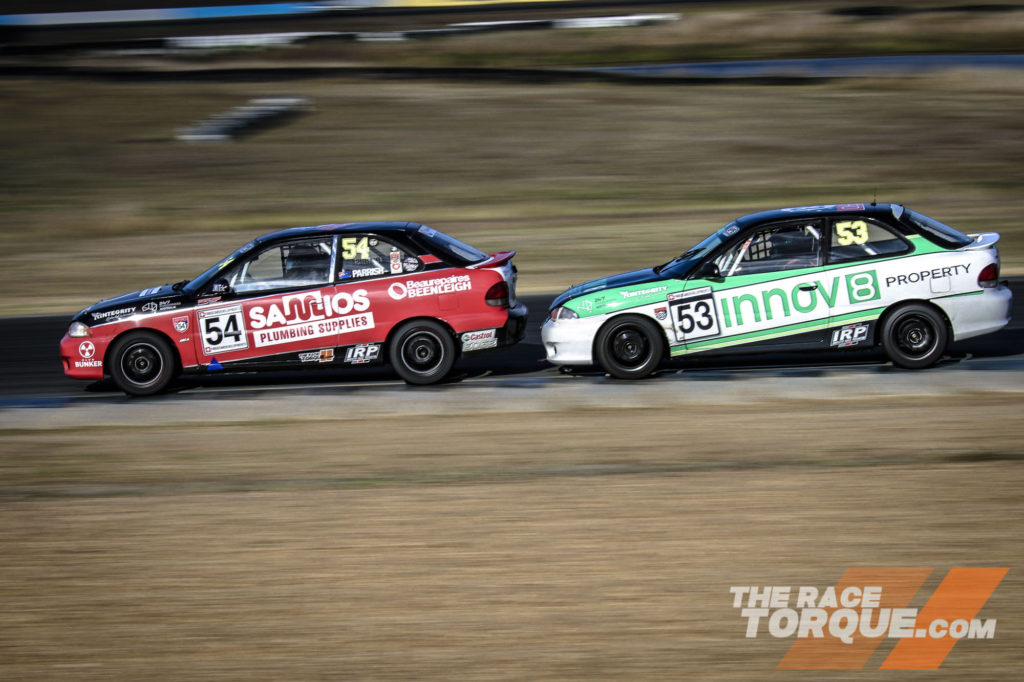
Less spend per event, many, many more events. PHOTO: Walker
SPENDING AT A CLUB LEVEL
While the figures at the top end of town can be dizzying, don’t discount the contribution made by grassroots motorsport; despite often less money being spent, the sheer number of events make it a vital cog in the economy.
For instance, the Brisbane Sporting Car Club, which largely focusses on rally and off road events, calculated a club rally with a 35 car field would lead to a total expenditure of $98,000 local to the event, while the Chamber of Commerce in the Blackbutt/Yarraman area concluded a state championship event would be worth $165,000 to that community.
The Historic Racing Car Club of Queensland meanwhile typically host five to six events a year, which generate a grand total of $350,000 to $400,000 in revenue.
Along historic lines, the Festival of Speed on Tweed was noted as injecting $4 million into the Murwillumbah economy.
Karting is another discipline not to be ignored, with the Highlands Regional Council in regional Emerald estimating that the 2017 round of the National Karting Championships resulted in $800,000 of accommodation and restaurant sales in the area.
Queensland Raceway has transformed its model of operation in the last 20 years, with a shift away from headline events to a focus on the enthusiast end of the market, which sees 40-50,000 people annually utilise the facility.
Morgan Park meanwhile is run by a club and is more geared towards grassroots competition.
This said, a State Championship event at the venue with 160 entries would easily inject more than $200,000 into the Warwick economy.
The inquiry also heard that speedway has an economic impact of $300 million in Brisbane annually, with a state-wide value of $500 million every year.
Regarding speedway, on average each track in the state hosts nine events a year with the average competitor taking in 12 meets each, which shows the mobility of the competitor base, with 73 per cent of drivers also racing interstate during a regular season.
Queensland Moto Park, the state’s leading off-road motorcycle venue cost $2.3 million to build, with $1.8 million of that on an access road.
It hosts between 20-30,000 riders a year, employs four permanent and ten casual staff, with $1.3 million spent annually in the local economy on various goods and services.
Away from direct competition figures, the Queensland Department of Housing and Public Works maintains responsibility for supporting sport and recreational activities in the state.
Since the start of 2015, it pumped $1.5 million into motorsport, with Motorsport Australia receiving $129,000 over three years, while Motorcycling Queensland was funded to the tune of $555,900 over a similar period.
Do you think we spend a lot of money in Australia? The Specialty Equipment Market Association (SEMA) estimates the car hobby is a $46 billion industry in the USA…
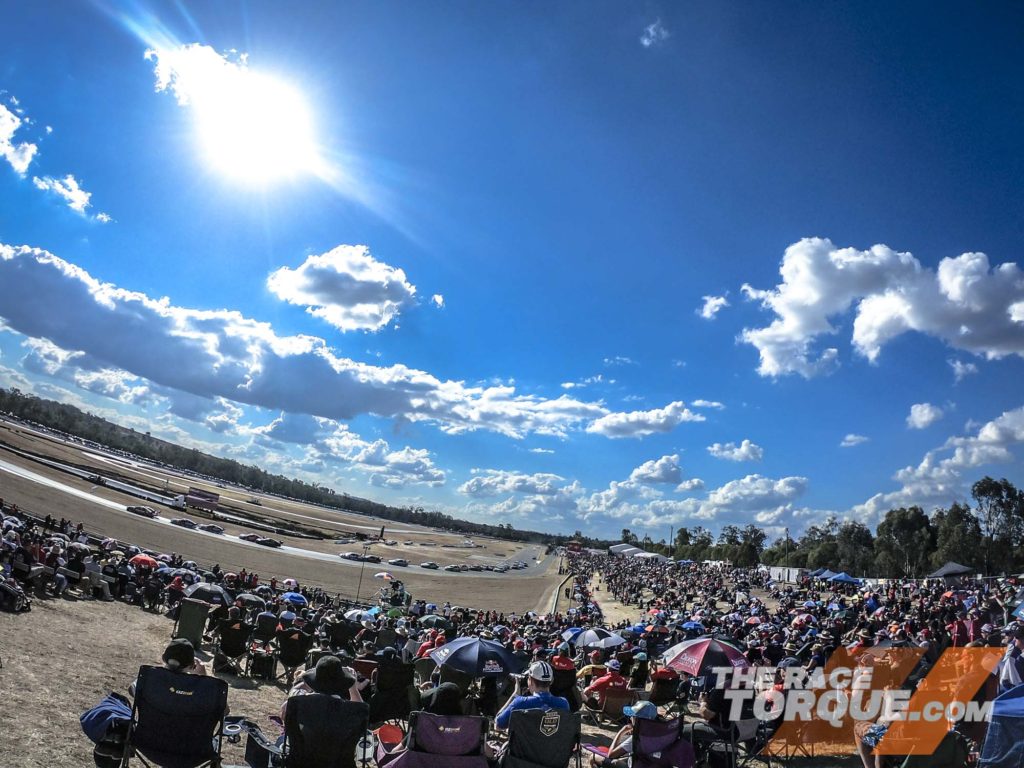
Club level sprints top competitive racing in participant numbers. PHOTO: Walker
OTHER TAKEAWAYS
From the aforementioned Ernst and Young report, the relative number of participants for the different disciplines were revealed, combining competitors, officials and other club members.
Speed events topped the list with 39,888 participants, then circuit racing (31,725), karting (18,877), rally (16,660), speedway (14,503), social (9,180), auto test (8,776), drag racing (7,914), and off road (5,624).
Speedway Australia advised the inquiry that planning is underway for new venues in Gladstone and Townsville, while Motorsport Australia noted that the new Auto Mall project at Brisbane Airport is registered and recognised by the organisation, as well as the FIA.
Queensland Moto Park meanwhile stated that it would be quick and easy to include a road race circuit at the venue inexpensively, thanks to the infrastructure already in place at the facility.
THE INQUIRY
All told, the inquiry received a total of 61 submissions, as well as input from numerous witnesses via video conference, including from Motorsport Australia (Eugene Arocca), Motorcycling Australia (Peter Doyle), Speedway Australia (Tim Savell), RACERS (John Tetley), AIMSS (Garry Connelly) and the Federal Chamber of Automotive Industries (Rhys Griffiths), amongst many.
In total, eight different recommendations were put forward from the inquiry covering a broad spectrum of motor recreational activities, from including them on the Tourism and Events Queensland website, to developing an opt-in electronic notification scheme for activity information, to extending the road test radius for Special Interest Vehicle Scheme vehicles from 15 to 50km.
It was also recommended that consistency across the states be achieved with respect to left-hand drive vehicles, the reclassification of hire go karts as a motorsport activity rather than amusement ride, as well as stamp duty concessions for vehicles which have been restored by their owners, a review of the luxury car tax scheme, and finally, for the government to investigate a range of training programs to enhance participant safety.



